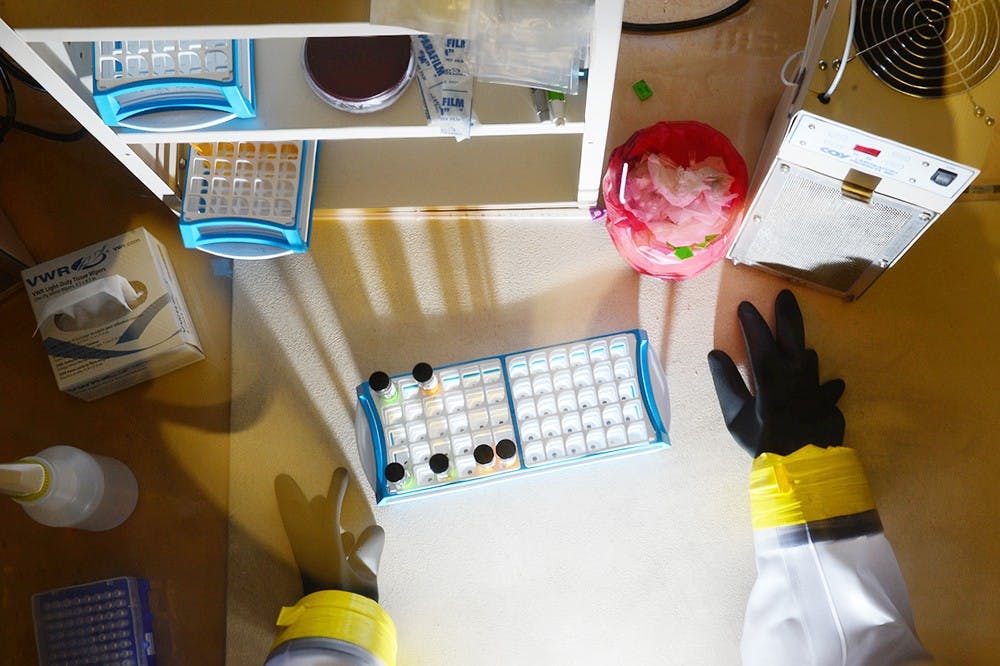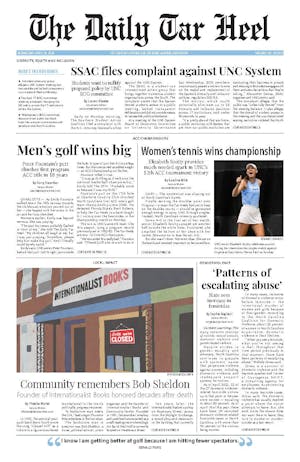With a well-known engineering school 25 miles down the road, UNC is hardly a top option for engineering students.
But thanks to the growth of a collaborative effort, UNC might be moving in that direction.
Since its start in 2003, a joint biomedical engineering program with N.C. State University and UNC — lauded for its medical school — has grown rapidly.
Initially, the joint program was only offered to graduate students, but beginning July 1, the program will be open to undergraduates through the College of Arts and Sciences.
Biomedical engineering, which uses engineering skills to solve problems in medicine, requires both medical and engineering facilities, making the partnership between the two schools a clear choice, said those involved.
“UNC has a fantastic school of medicine, but it doesn’t have an engineering school. And N.C. State has a fantastic engineering school, but no school of medicine,” said Paul Dayton, associate chairman of the biomedical engineering program.
Dayton said that the idea of the program was to pull together the schools’ strengths.
“It gives them a very broad education and it gives them a lot of opportunities,” he said.
Last year, top UNC administrators placed an emphasis on the potential for evolving the University’s applied sciences. In the discussions, Chancellor Holden Thorp voiced a desire to stay away from opening a new school, but said he was open to the idea of furthering a joint venture.



